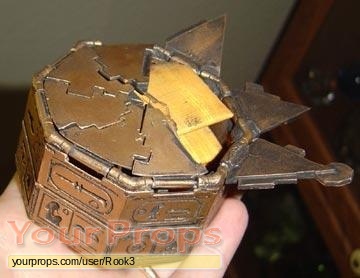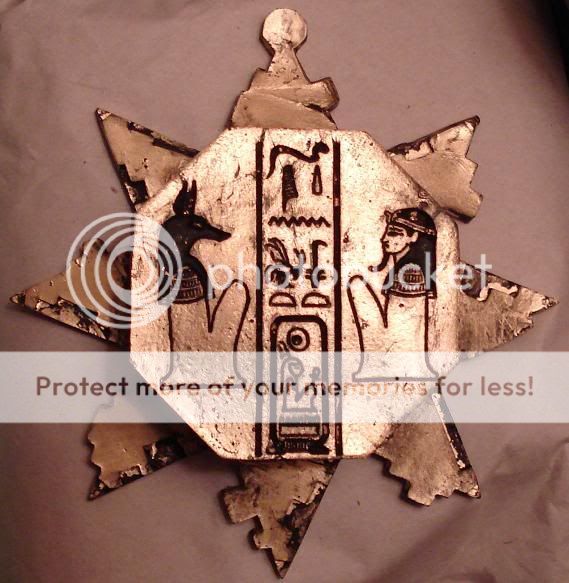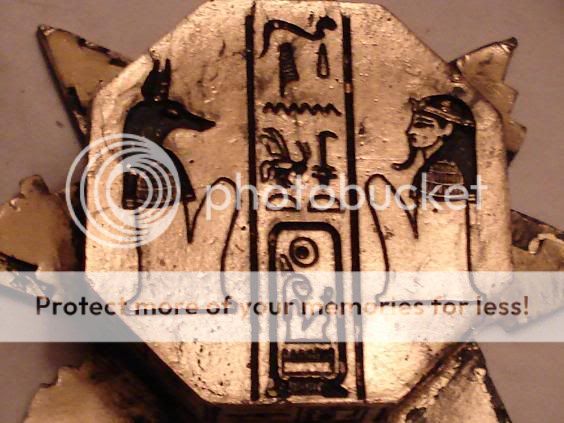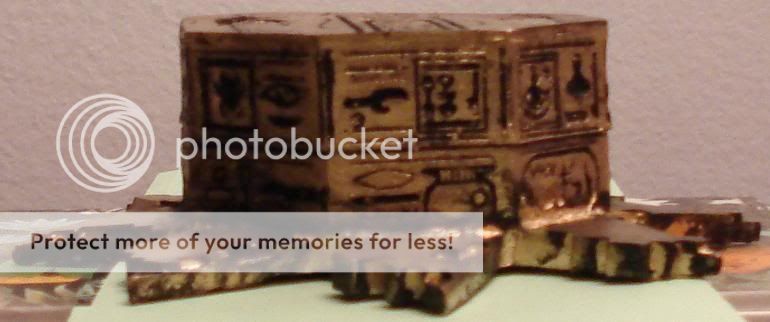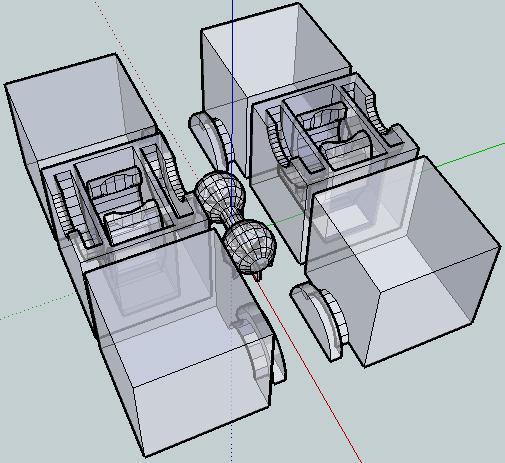With my MK6 disassembled1 and work projects stacking up, I tend to become more prolific in writing and designing. 2
Whenever my ‘bot is in need of repair, my mind goes back to all of the projects and things I keep meaning to print… but never find the time for. I also think back to design problems I was having… and sometimes come up with solutions!
Take, for instance, the puzzle box from The Mummy. I’ve been meaning to get back to this for more than six months. Well, an idea for a way to make it spring open just occurred to me. I could put another octagon shaped box inside of the puzzle box and a flatish spring underneath it, squished between the two boxes. If the top of the box is released, the spring would force the inner box up – and against the lid components and the entire lid open. It would also potentially work well with little spring loaded pins just under each of the lid pieces. I’m thinking something like a piece of filament forced upwards by the spring from a retractable ball point pen. Or, if your spring was good enough, the spring could be under just one of the lid pieces – with the other lid pieces laying on top of it. As that one pieces is forced up, it could force the others out.
Without the benefit of my printer running, I’m also putting a few extra brain cells3 on my clockwork spider project. I was inspired by several things recently. First is the video of how a mechanical clock works I had posted earlier. As you’ll recall from Skimbal’s Rubber Band Gear Mechanism/Engine, a wound spring engine will want to expend all of its energy all at once.
That video describing the inner workings of a clock demonstrates a little regular that only lets it unwind a little bit at a time, so it can expend its energy over a longer time period. Secondly was Erik’s pick-n-place tape feeder. This design uses an interesting spring/gear/ratchet wheel. Skip to 1:25 for a demonstration of the mechanism in question.
Now, in the instance of Erik’s device, it is the ratchet that moves back and forth – rather than the wheel turning at a constant rate. However, this gave me an idea. It should be feasible to create a similar spring/ratchet combination to prevent a wound device from expelling it’s energy at once. Last, but by no means least, is Dna’s rubber band ratchet engine designed to power a clockwork spider.
In pondering my attempt at an open source disc launcher, I’ve been trying to think of the best way to pull back the spring. If the firing pin/slider is going to be powered by a rubber band, it’s going to need to be a decently sturdy mechanism. I keep thinking back to a rack and pinion set up. There could be a notch in the bottom of the firing pin/slider, a peg in the flat side of a rack, and a small gear run off of a big gear, with the trigger on the big gear.
What else? Um, I think the tank by mraiser could make a good platform for a larger clockwork spider. Also, I would like to see a version of the tank that’s run off of clockwork/gears/regulators/rubber band/springs.


